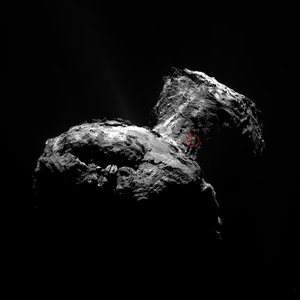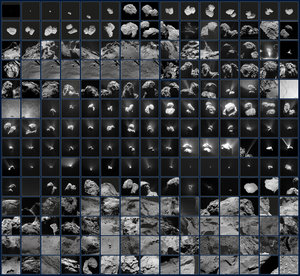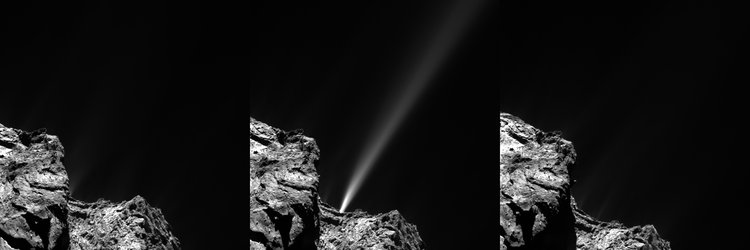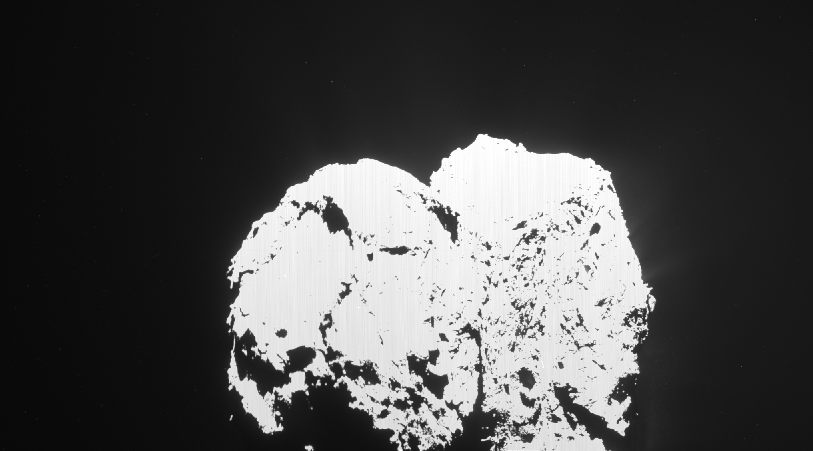Accept all cookies Accept only essential cookies See our Cookie Notice

About ESA
The European Space Agency (ESA) is Europe’s gateway to space. Its mission is to shape the development of Europe’s space capability and ensure that investment in space continues to deliver benefits to the citizens of Europe and the world.
Highlights
ESA - United space in Europe
This is ESA ESA facts Member States & Cooperating States Funding Director General Top management For Member State Delegations European vision European Space Policy ESA & EU Space Councils Responsibility & Sustainability Annual Report Calendar of meetings Corporate newsEstablishments & sites
ESA Headquarters ESA ESTEC ESA ESOC ESA ESRIN ESA EAC ESA ESAC Europe's Spaceport ESA ESEC ESA ECSAT Brussels Office Washington OfficeWorking with ESA
Business with ESA ESA Commercialisation Gateway Law at ESA Careers Cyber resilience at ESA IT at ESA Newsroom Partnerships Merchandising Licence Education Open Space Innovation Platform Integrity and Reporting Administrative Tribunal Health and SafetyMore about ESA
History ESA Historical Archives Exhibitions Publications Art & Culture ESA Merchandise Kids Diversity ESA Brand Centre ESA ChampionsSpace in Member States
Find out more about space activities in our 23 Member States, and understand how ESA works together with their national agencies, institutions and organisations.
Science & Exploration
Exploring our Solar System and unlocking the secrets of the Universe
Go to topicAstronauts
Missions
Juice Euclid Webb Solar Orbiter BepiColombo Gaia ExoMars Cheops Exoplanet missions More missionsActivities
International Space Station Orion service module Gateway Concordia Caves & Pangaea BenefitsLatest
Space Safety
Protecting life and infrastructure on Earth and in orbit
Go to topicAsteroids
Asteroids and Planetary Defence Asteroid danger explained Flyeye telescope: asteroid detection Hera mission: asteroid deflection Near-Earth Object Coordination CentreSpace junk
About space debris Space debris by the numbers Space Environment Report In space refuelling, refurbishing and removingSafety from space
Clean Space ecodesign Zero Debris Technologies Space for Earth Supporting Sustainable DevelopmentApplications
Using space to benefit citizens and meet future challenges on Earth
Go to topicObserving the Earth
Observing the Earth Future EO Copernicus Meteorology Space for our climate Satellite missionsCommercialisation
ESA Commercialisation Gateway Open Space Innovation Platform Business Incubation ESA Space SolutionsLatest
Enabling & Support
Making space accessible and developing the technologies for the future
Go to topicBuilding missions
Space Engineering and Technology Test centre Laboratories Concurrent Design Facility Preparing for the future Shaping the Future Discovery and Preparation Advanced Concepts TeamSpace transportation
Space Transportation Ariane Vega Space Rider Future space transportation Boost! Europe's Spaceport Launches from Europe's Spaceport from 2012Latest

Summer fireworks on Rosetta’s comet
Thank you for liking
You have already liked this page, you can only like it once!
Blink and you might have missed them. But thanks to the cadence at which Rosetta took images of Comet 67P/Churyumov–Gerasimenko during its most active period in August 2015, scientists watching for brief but powerful outbursts caught plenty. Thirty-four no less, in the three months centred around the comet’s closest approach to the Sun, which occurred nearly two years ago, on 13 August 2015.
The increase in solar energy during these months warmed the comet’s frozen ices, turning them to gas, which subsequently poured out into space, dragging dust along with it. The violent, transient events occurred over and above regular jets and flows of material seen streaming from the comet’s nucleus, and were much brighter. Although typically only lasting a few minutes, some 60–260 tonnes of comet material could be released.
As can be seen from the montage shown here, some outbursts were long, narrow jets extending far from the comet nucleus, while others had a broader base that expanded more laterally. Others seem to be a hybrid of the two.
Scientists studying the outbursts even traced them back to their origins on the surface. Some were found to be linked to changes in local temperatures, perhaps in the early morning after many hours of darkness, or later in the day after several hours of heating, while others came from areas associated with pits or steep cliffs.
The images seen here are from both the high-resolution OSIRIS camera, and from the spacecraft’s navigation camera. Browse more images from Rosetta’s mission via ESA’s Archive Image Browser.
Rosetta arrived at the comet on 6 August 2014 and released its lander Philae on 12 November 2014. Rosetta followed the comet around the Sun for just over two years, watching the rise and fall of its activity over time and returning a wealth of scientific data from its suite of in situ and remote sensing instruments. It concluded its pioneering mission on 30 September 2016 by descending on to the comet’s surface in a controlled impact.
-
CREDIT
OSIRIS: ESA/Rosetta/MPS for OSIRIS Team MPS/UPD/LAM/IAA/SSO/INTA/UPM/DASP/IDA; NavCam: ESA/Rosetta/NavCam – CC BY-SA IGO 3.0 -
LICENCE
ESA Standard Licence

29 July outburst context

Guide to comet activity

Rosetta’s ever-changing view of a comet

Outburst in action















 Germany
Germany
 Austria
Austria
 Belgium
Belgium
 Denmark
Denmark
 Spain
Spain
 Estonia
Estonia
 Finland
Finland
 France
France
 Greece
Greece
 Hungary
Hungary
 Ireland
Ireland
 Italy
Italy
 Luxembourg
Luxembourg
 Norway
Norway
 The Netherlands
The Netherlands
 Poland
Poland
 Portugal
Portugal
 Czechia
Czechia
 Romania
Romania
 United Kingdom
United Kingdom
 Slovenia
Slovenia
 Sweden
Sweden
 Switzerland
Switzerland
























